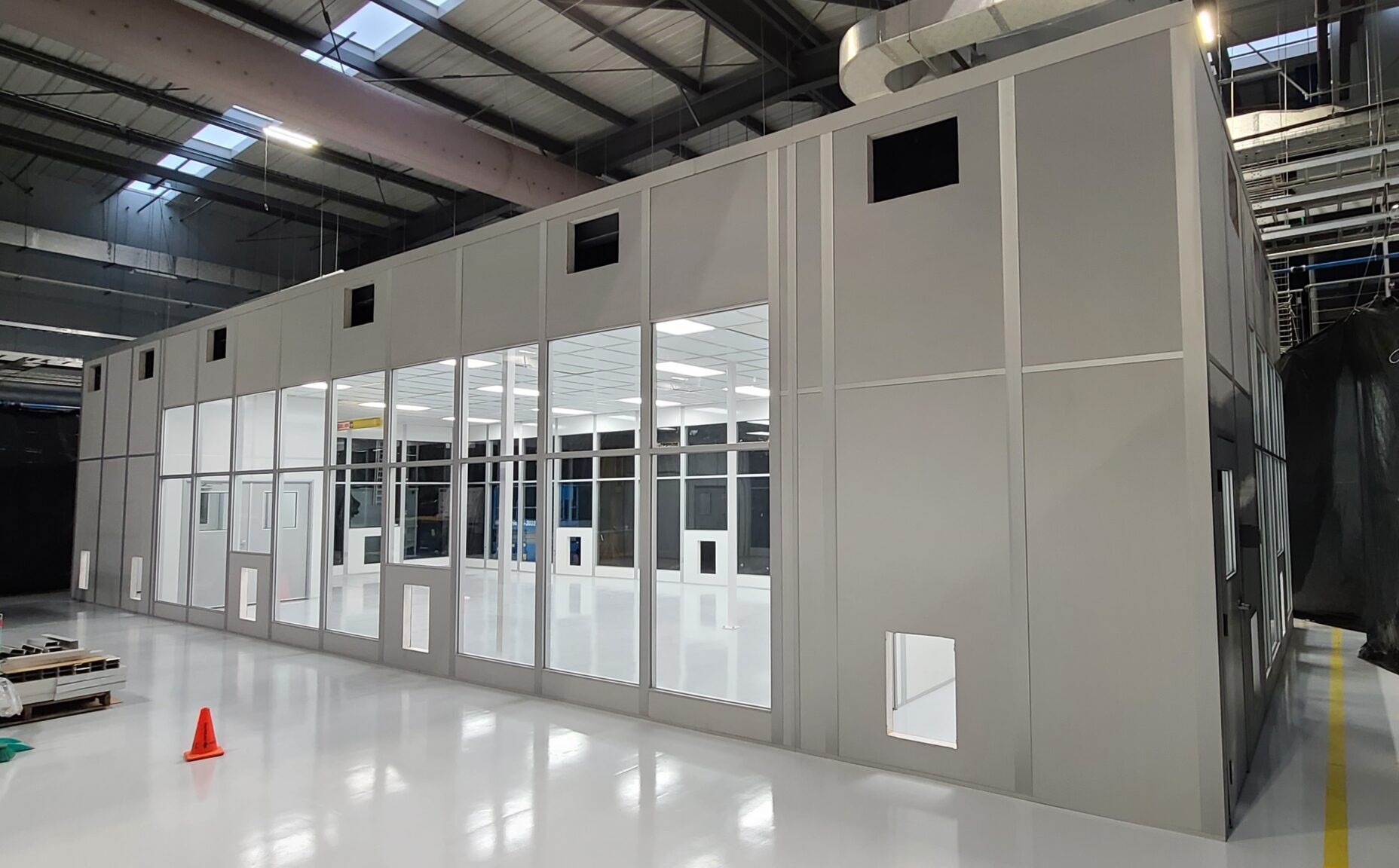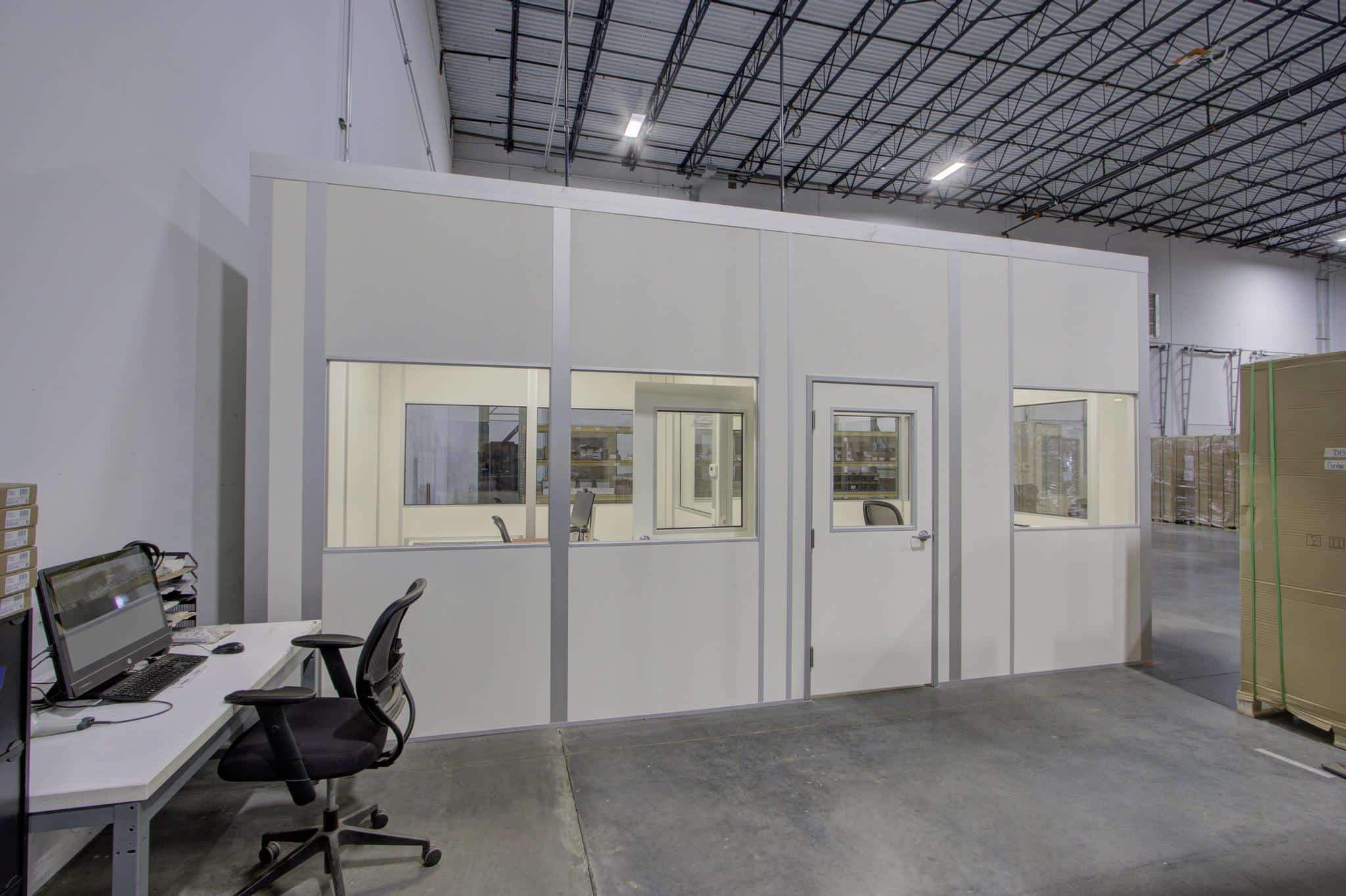Most people don’t realize that the construction industry produces a third of the world’s waste. Not to mention the recklessness with which it uses fuel and resources. In this guide, we’ll examine the most common alternative, modular construction. But how much better is it? And to what extent is it sustainable? Does it benefit the environment in other ways? Let’s take a look at the facts.
Is Modular Construction Sustainable?
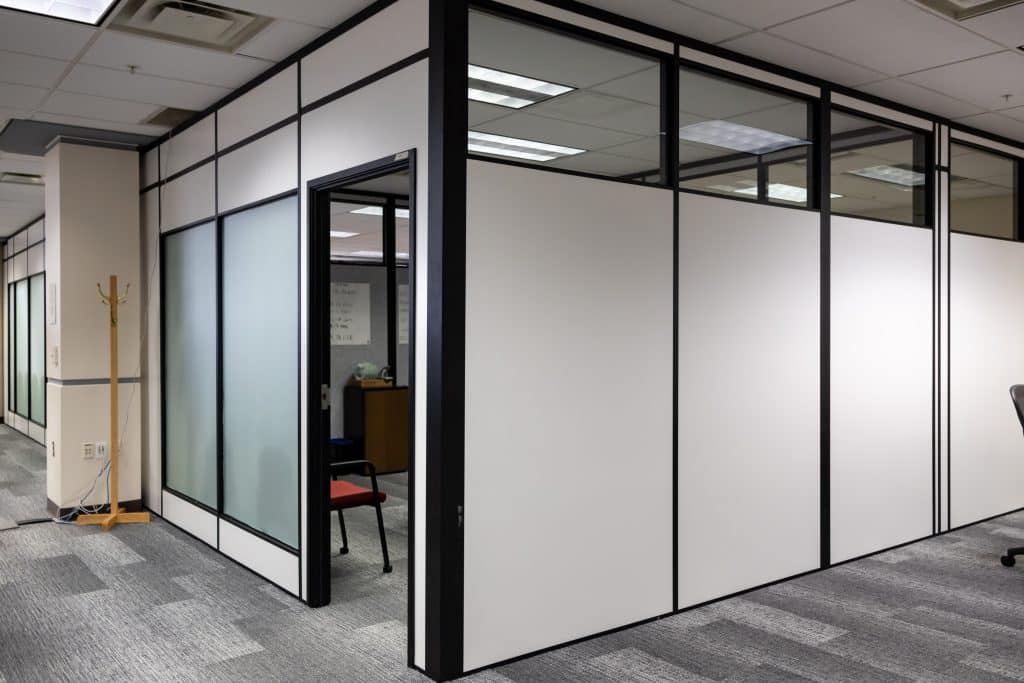
When you think of construction (and especially the traditional kind), it’s usually as a dusty and noisy process. But modular construction doesn’t work like that. And it’s one of the better ways we have to build without creating so much waste.
What Is Modular Construction?
Instead of building everything at the site, modular construction starts somewhere else. The pieces, called “modules,” are made in a factory. They build them indoors, in a controlled space, which helps keep material waste down.
Once they’re done, the parts are shipped out and put together. Most of the time, it only takes a few days. It doesn’t involve as many trucks going back and forth, so you don’t lose time waiting on the weather. The job site stays much cleaner, too.
Further, with modular, you don’t have to demolish the building when you’re finished with it. It can come apart and move. A small team can take it down, bring it somewhere else, and put it back up. This would be simply impossible with traditional buildings.
According to the Modular Building Institute, modular construction can reduce the amount of waste by up to 90 percent, which is astoundingly high.
When you consider how much trash comes from traditional construction (roughly one-third of all waste, as mentioned), it’s easy to see how much better the planet would look if everyone instead built with modular.
What Are Some Environmental Benefits of Modular Construction?
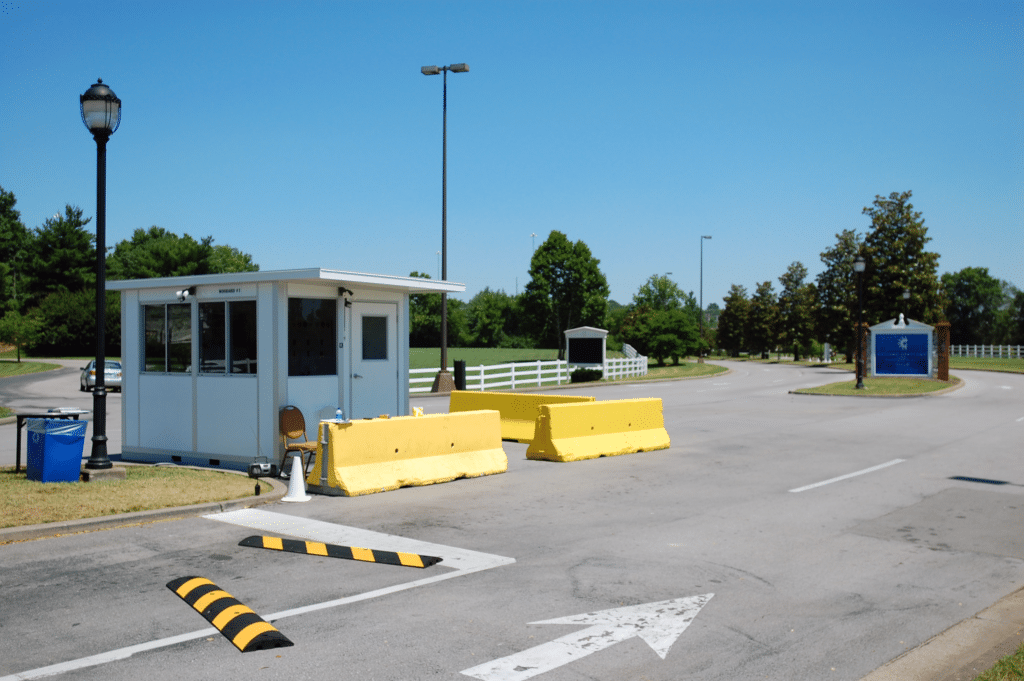
While modular construction is without a doubt sustainable technology, it also has many related environmental benefits, some of which we’ve already touched on. Here are the main ones.
1. Less Waste
When modules are built within a factory, materials are used far more efficiently. Machine cutting systems reduce the amount of scrap produced, and any leftover materials can be used for other modules. Compare this with traditional job sites, where extra materials like wood and drywall commonly end up in the trash.
2. Fewer Emissions
Because modular buildings are built off-site, there’s almost no need for fuel-burning industrial equipment. A small team can put the building together without such machinery. In other words, this translates to fewer engines running, and therefore fewer carbon emissions.
3. Energy-Saving Design
Modular construction often (but not exclusively) uses post-and-panel designs. This is so that the building is flexible, but that doesn’t mean that they won’t be able to preserve energy when used. Joints are tightly sealed, and the walls can be insulated, both of which helps you save on energy bills.
4. Reusability

Further, modular buildings are reusable. This means they can be moved to another location completely, be adjusted or re-customized as you see fit, and downsized or expanded at will.
Instead of totally demolishing your building and throwing it away, you can continue to use it throughout its life. Obviously, reuse saves materials and produces much less waste.
5. Green Materials
Finally, modular buildings use green materials. Some common ones used are recycled steel and low-VOC paints. At Allied Modular, we use systems made from anodized aluminum, gypsum board, and other recyclable materials.
The Bottom Line
In summary, modular construction is not only sustainable but also more flexible and less wasteful than traditional construction. It cuts down significantly on wasted materials, lowers overall emissions, and uses eco-friendly materials. For businesses who value sustainability and are serious about curbing their environmental impact, modular is the way to go.
Interested in building with modular at your location? Reach out to the experts at Allied Modular today for a quote on new buildings:
FAQs About Modular Construction & Sustainability
1. Can modular buildings help meet net-zero targets?
Yes. Modular construction can help you reach net-zero targets by lowering carbon emissions that would otherwise occur during construction.
2. Are modular buildings compatible with on-site renewables?
Yes, absolutely. Rooftop solar, EV charging, battery storage, and other renewables can be integrated just the same as with conventional buildings. Modular roofs can be designed to accept panels and conduit runs during fabrication.
3. Are there certifications that apply to modular projects?
Yes. Modular projects can pursue LEED, BREEAM, WELL, and other certifications. Since modules are factory-built, it can even make it easier to document material sources and QC.
